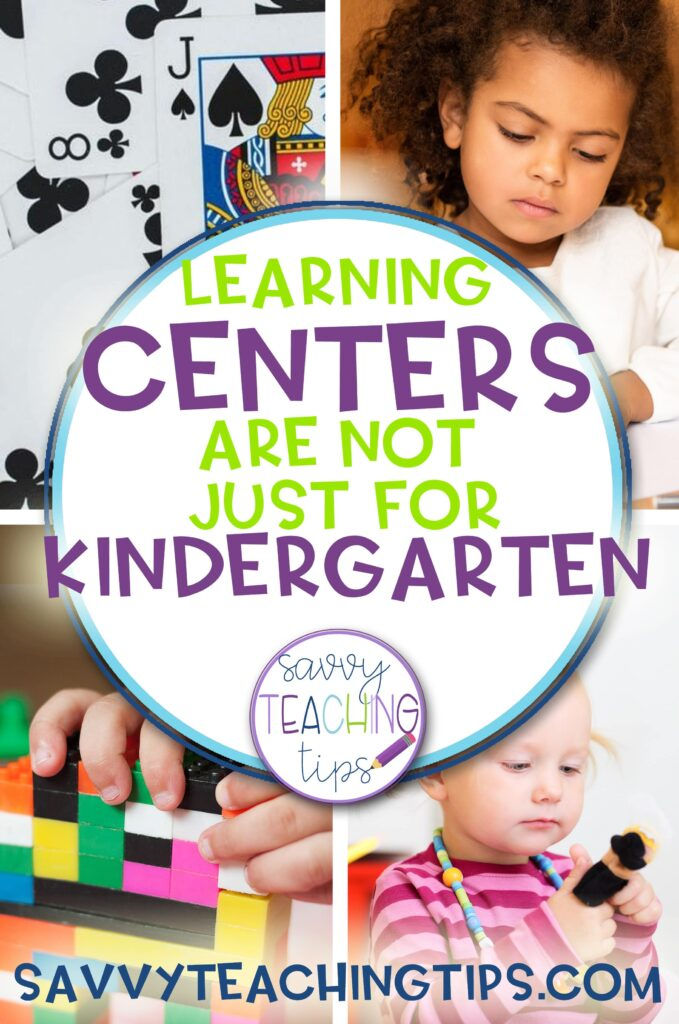Unlocking the Magic: 10 Essential Lessons to Start Your School Year on Day One
- slfarrell0

- Aug 23
- 3 min read

The first day of school can feel like opening a gift full of surprises. Excitement, anticipation, and even nerves are in the air, especially for first graders. This day marks the start of an adventure filled with learning, friends, and fun moments. As educators, our job is to create a space where students feel welcomed and eager to learn. Below are ten exciting ideas that can transform that first day into an unforgettable experience!
1. Welcome and Introductions
Kick off the day by welcoming your students with genuine warmth. Share a bit about yourself, including hobbies or favorite stories. For example, you might mention your love for soccer or a favorite book series. Then, let each student introduce themselves. They can share something unique, like their favorite animal or a special toy. This simple activity helps break the ice and builds a sense of community among students.

2. Classroom Tour
Next, take your students on an engaging tour of the classroom. Show them where to find important supplies like pencils, paper, and books. Highlight special areas such as the reading corner or arts and crafts station. For example, explain how they can take home books for home reading from the classroom library. This helps students feel more at comfortable and excited to explore their new learning environment.
3. Classroom Rules and Expectations
It's essential to set clear classroom rules for a successful year. Make this discussion fun and interactive. Create a colorful poster with rules like "Be Kind," "Listen," and "Try Your Best." Invite students to share what rules they think are important. For example, if a student suggests "Help each other," add it to the poster. This collaborative approach encourages ownership of their classroom and it helps promote a Growth Mindset.
4. Icebreaker Games
Engage your students with lively icebreaker games that encourage teamwork. Simple games like “Find Someone Who” or “Two Truths and a Lie” work wonders. For instance, during “Two Truths and a Lie,” one student shares three statements about themselves—two true and one false—and the class guesses which is untrue. Such activities build camaraderie and help students learn about one another in an enjoyable way.
5. Storytime
Choose an engaging book that speaks to themes like friendship or adventure to read aloud. After the reading, facilitate a discussion. Ask questions about their favorite character or what they thought was the most exciting part. This not only sparks interest in reading but also develops listening and analytical skills. Research shows that students who regularly engage in story discussions can improve their comprehension skills by up to 30%.
6. Art and Creativity
Art is a fantastic way for students to express themselves. Provide simple materials for a project, such as making a self-portrait or a collage featuring their favorite things. For example, a child might draw their family or a beloved pet. This activity nurtures creativity and allows students to share a bit of their world with classmates.
7. Introduction to Daily Routines
Lay out a clear picture of what a typical day will look like. Share the daily schedule, including subjects, lunch, and recess times. Use visual aids, like a colorful classroom chart, to help students understand. According to studies, a clear routine can reduce anxiety in children by as much as 25%, helping them feel safe and prepared for the school day.
8. Fun with Numbers
Make math exciting with interactive number games. For instance, organize a counting game where students count classroom objects or a number scavenger hunt, where they find items corresponding to specific numbers, like five different colored markers. Such activities make learning math enjoyable and help build strong foundations.
9. Exploring Emotions
Understanding emotions is crucial for young learners. Introduce a feelings chart to help students identify and express their feelings. Invite them to share their thoughts about starting school. This activity fosters emotional intelligence and teaches students that it's okay to talk about their feelings. Research suggests that children who discuss their emotions are 40% more likely to develop strong social skills.
10. Closing Circle
Conclude the day with a closing circle where students can share their favorite moments from the day. This reflection reinforces positive experiences and helps each student feel heard. You can also share your favorite part of the day, creating a stronger bond in the classroom community.

Wrapping Up
The first day of school is a golden opportunity for young learners to connect and grow. By integrating these ten exciting lessons, you can craft a welcoming environment that ignites curiosity and enthusiasm. Remember, your goal is to unlock the magic of learning and ensure every student feels valued and excited for their educational journey. Here’s to a fantastic school year ahead!



Comments